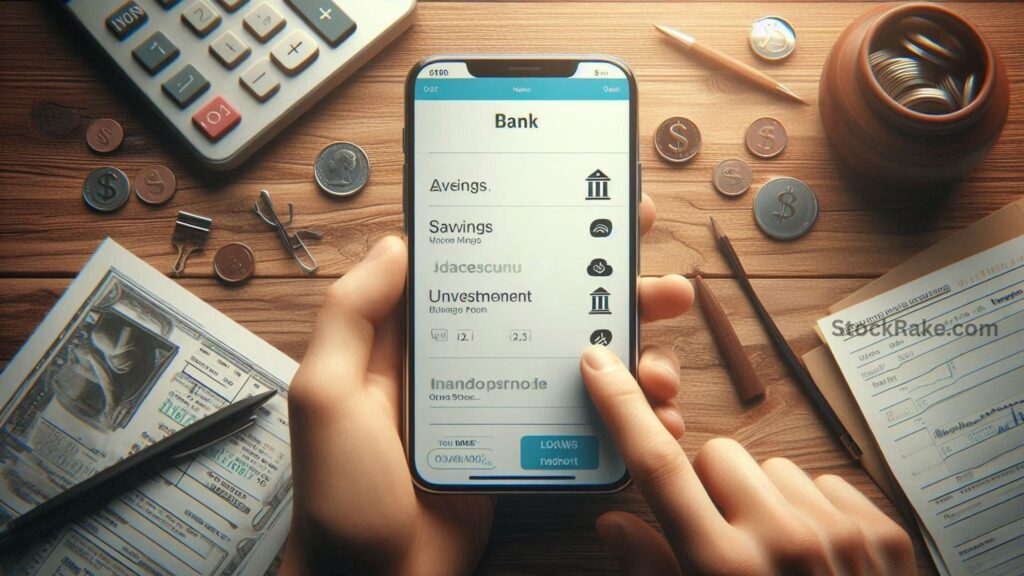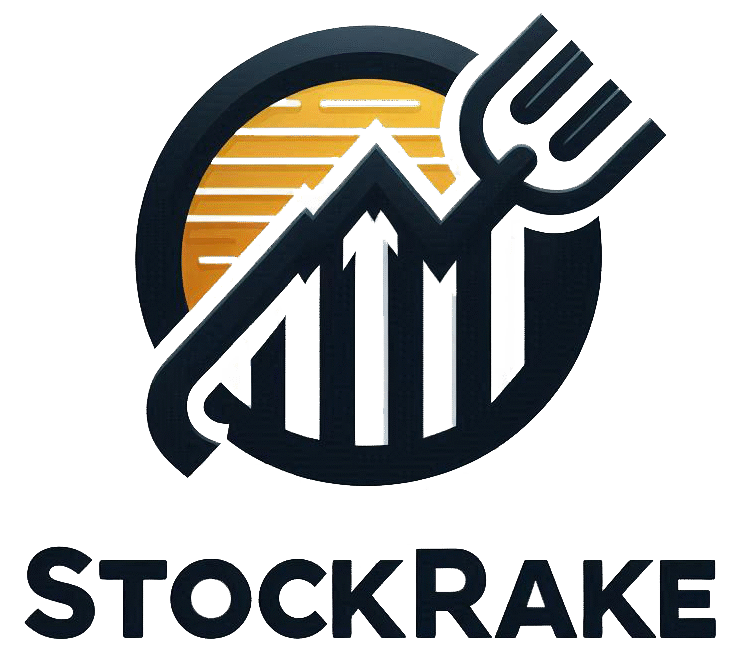Whether you’re just getting started with your finances or already have a plan in place, it’s important to know the difference between saving and investing. People often mix up the two, but they’re actually quite different. Both are useful at different stages of life—but knowing when and how to use each one can help you make smarter money decisions.
The Basics: Saving vs. Investing
Let’s break it down:

What is Saving?
Saving is when you put money aside in a safe place—like a bank account—that gives you easy access to your funds. It’s low risk and low reward.
Examples of where you can save:
- Savings accounts (traditional or online)
- Money market accounts
- Certificates of deposit (CDs)
The main benefit? Your money is safe and easy to access, especially in emergencies or for short-term goals. Plus, most savings accounts are insured by the FDIC or NCUA, so even if your bank fails, your money is protected.
But there’s a catch: The returns are usually small, and your savings might not grow much over time.

Also Read: What Are the Safest Stocks for Uncertain Markets?
What is Investing?
Investing is about putting your money into things like stocks, bonds, mutual funds, or real estate with the goal of growing your wealth over time. It comes with more risk—but also the potential for higher rewards.
You can invest through:
- Brokerage accounts
- Retirement accounts (like a 401(k) or IRA)
- Mutual funds or ETFs
Investing is great for long-term goals like retirement, but keep in mind: Markets go up and down, and there’s a chance you could lose some of your money.
When to Save vs. When to Invest
Not sure which one to choose? Ask yourself these questions:

1. How soon will you need the money?
- If you need it within a year, saving is usually safer.
- If your goal is 5–10+ years away, investing gives your money time to grow.
💡 Tip: Financial advisor Bradley Baskir suggests saving is better if you’ll need the money within 12 months, like for a vacation or emergency fund.
2. What’s your risk tolerance?
- Don’t like taking risks? Stick to saving.
- Comfortable with ups and downs and can wait for long-term gains? Investing might suit you.
3. What are your goals?
- Short-term goals like travel, car repairs, or an emergency fund → Save
- Long-term goals like retirement, buying a house in 10 years → Invest

Also Read: What Are the Best High-Interest Savings Accounts in 2025?
Pros and Cons of Saving
Pros:
✅ Low risk—your money is safe
✅ FDIC or NCUA insured
✅ Easy to access any time
✅ Simple to manage
Cons:
❌ Lower returns
❌ Might not keep up with inflation
Pros and Cons of Investing

Pros:
✅ Higher potential returns
✅ Helps you build long-term wealth
✅ You can invest in things you believe in (like tech or clean energy)
Cons:
❌ Can lose money
❌ Less access to your funds
❌ Might need more time and knowledge
❌ Affected by market ups and downs
💬 As Baskir puts it, “Saving is like walking, while investing is like running.” You need both, but start by learning how to walk first.
Example: Saving vs. Investing in Real Life
Let’s say you’re 37, single, and earn a good salary. You’ve paid off your student loans, have a 401(k), and just freed up $500 a month.
Your goals:
- Build a bigger emergency fund
- Save more for retirement
- Put money aside for travel
You might:
- Use the $500 to boost your emergency fund first (3–6 months of expenses).
- Once that’s covered, put more toward your retirement investment account.
- Save a smaller amount for travel or fun.
Your plan can change over time—but what matters is knowing your goals and adjusting your saving/investing mix as needed.

Also Read: Why Is the Stock Market Down Today? [Daily Update]
Choosing the Right Account

Want to Save?
Look for:
- High-yield savings accounts
- Money market accounts
- Online savings accounts
Choose what offers a good interest rate, low fees, and easy access.
Want to Invest?
Start with a brokerage account. Many platforms today offer:
- Free or low-cost trades
- Easy-to-use apps and websites
- Access to stocks, ETFs, mutual funds, and more

